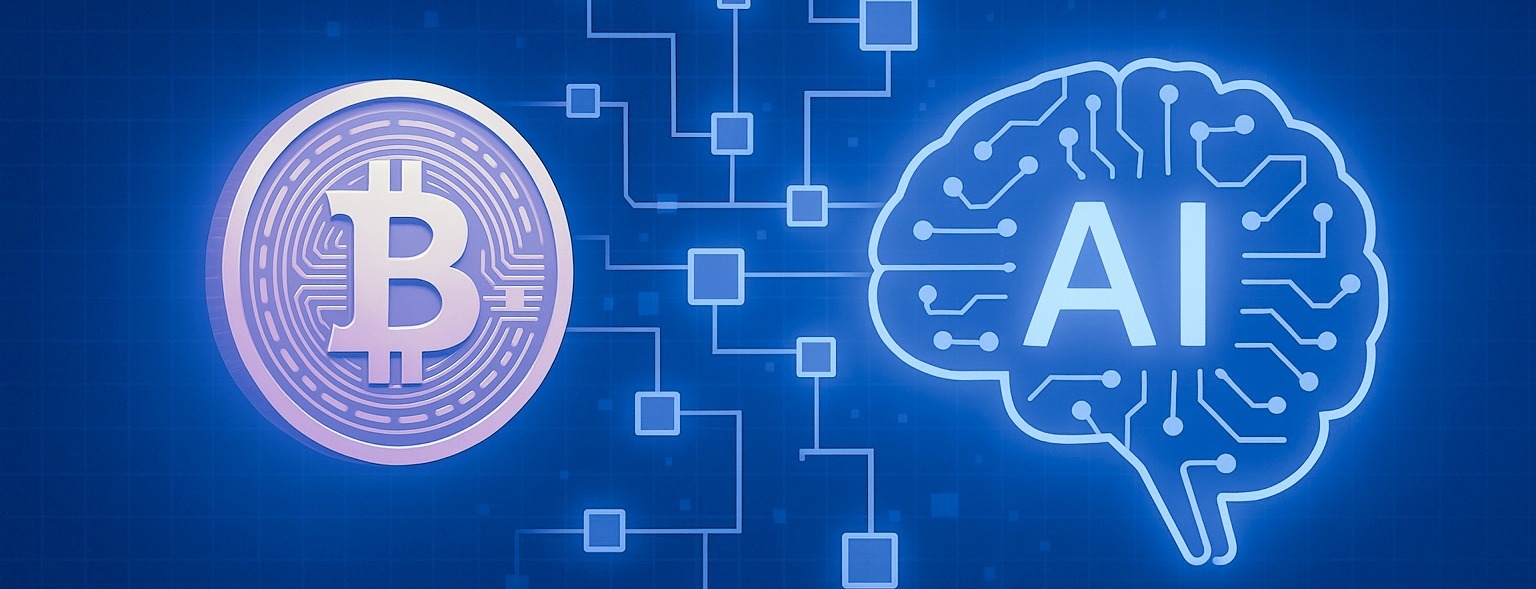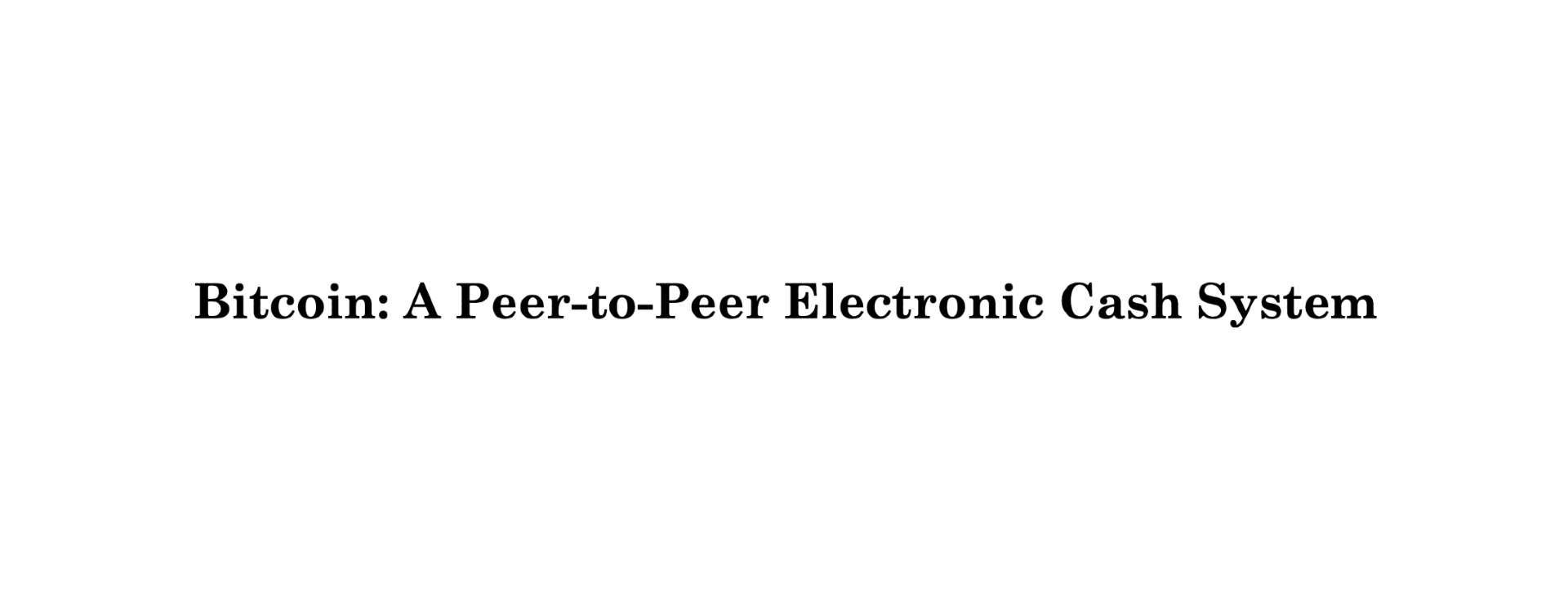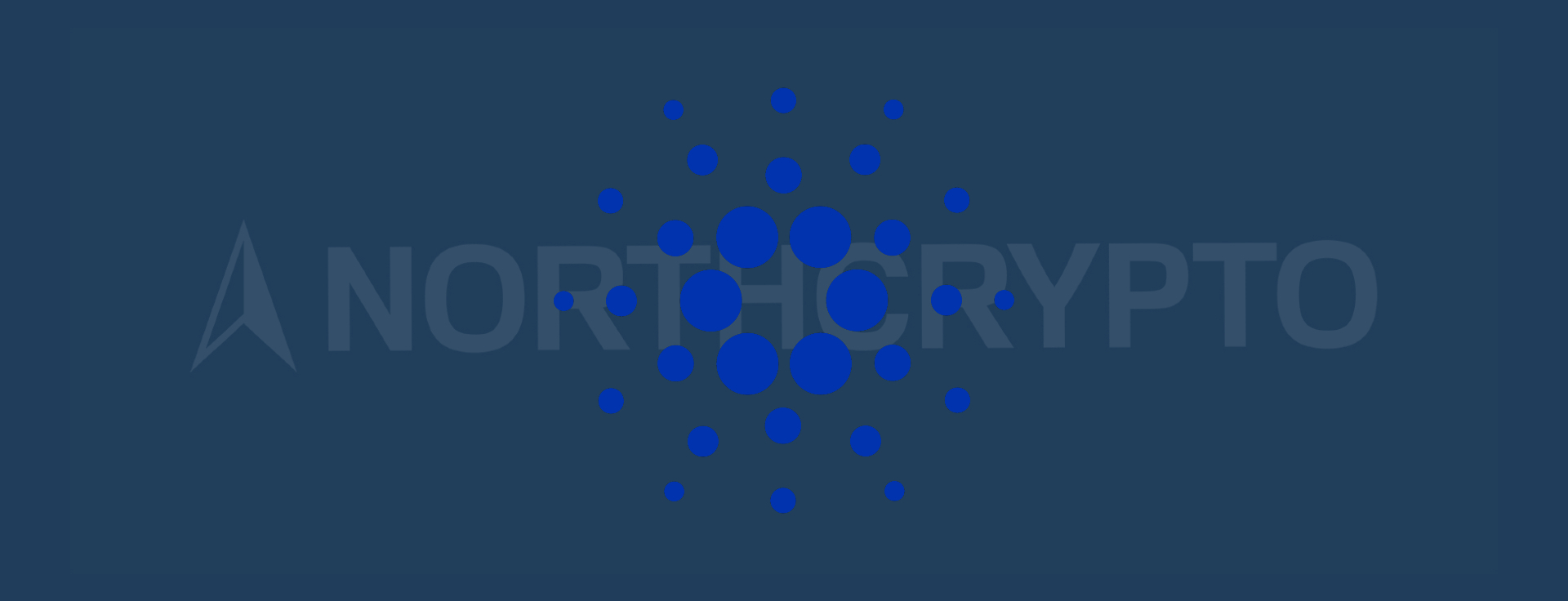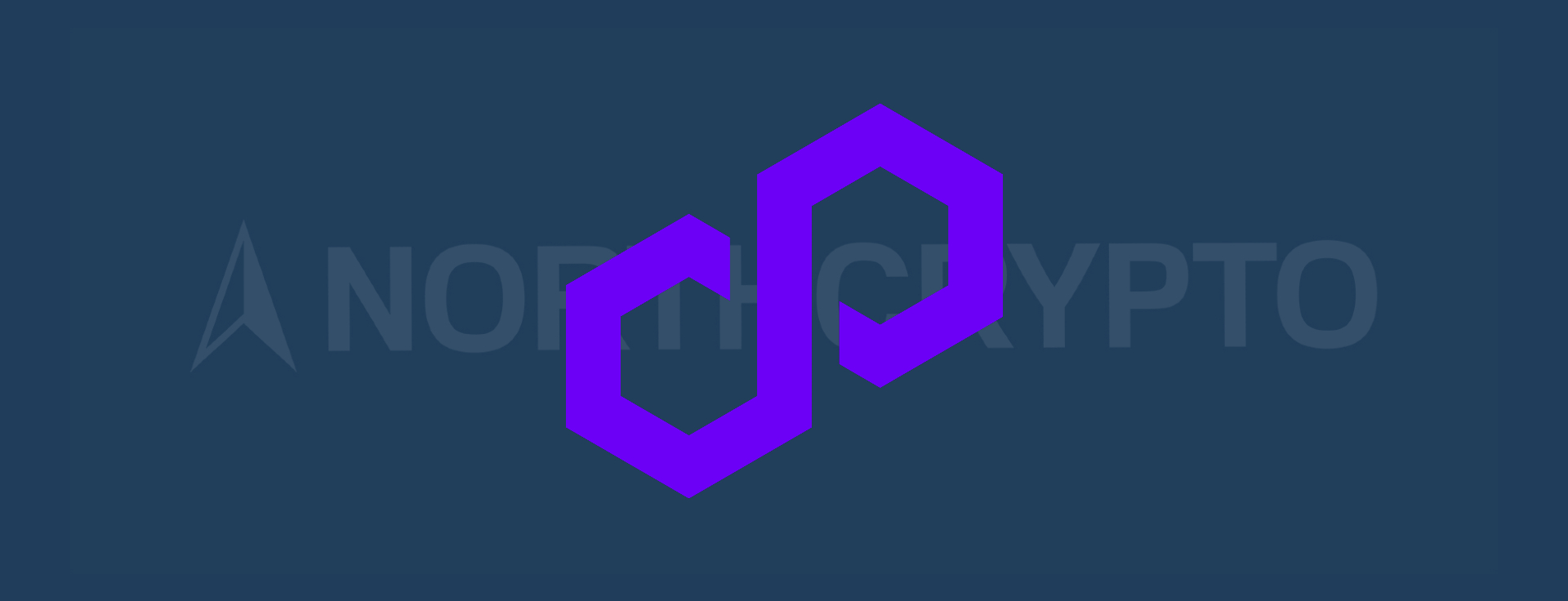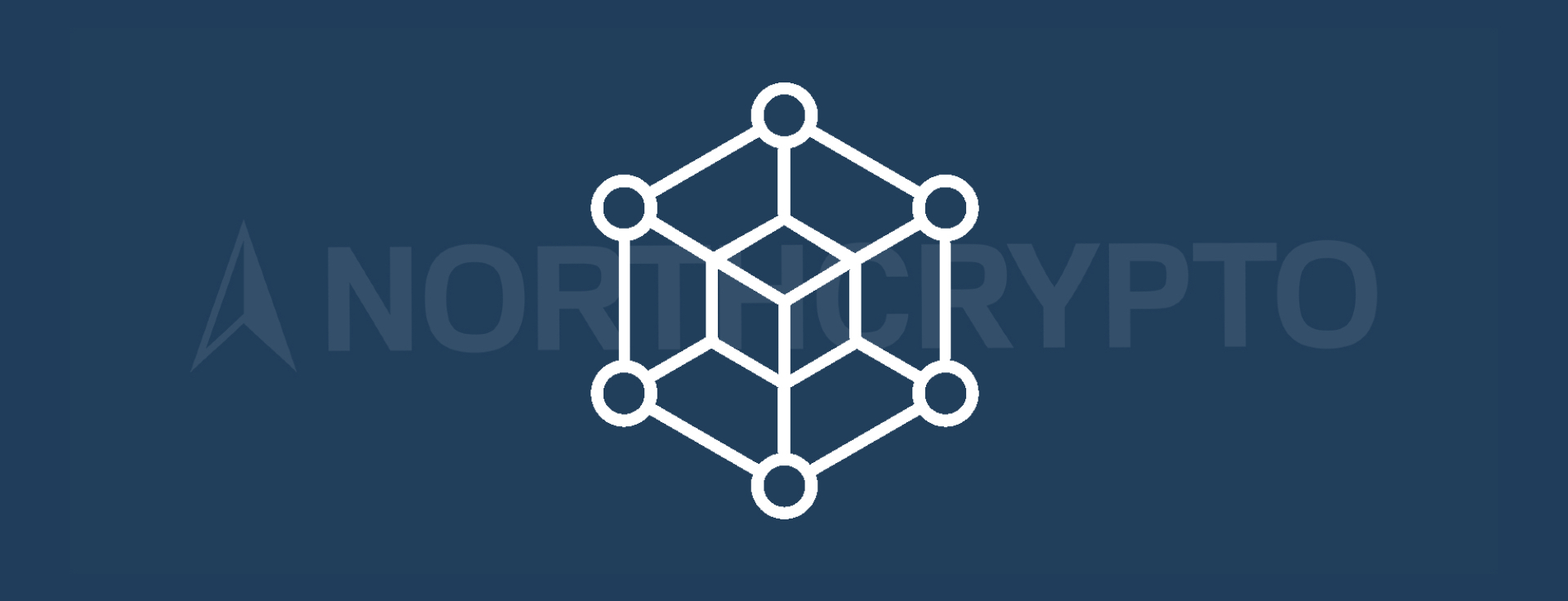
Layer 1 (L1) and Layer 2 (L2) are terms that are increasingly being used in the cryptocurrency market discussion. To understand the meaning of these terms and the differences between them, it is important for an investor to have a clear understanding of their role in the architecture of blockchains.
Today, the architecture of blockchains often consists of at least two different layers, known as Layer 1 and Layer 2. Layer 1, or otherwise called the basic layer of the blockchain, is responsible for the essential functions of the blockchain, such as processing transactions and creating new blocks. Although Layer 1 offers a high level of security, it is typically slower and scales worse compared to Layer 2.
On the other hand, Layer 2 works on top of Layer 1 and extends its capabilities by offering solutions that increase the speed and scalability of transactions. Although Layer 2 can provide more efficient and scalable solutions, its security level may be slightly lower compared to Layer 1. Layer 2 works on top of Layer 1 and extends its capabilities. It improves the speed of transactions and the scalability of the blockchain.
Examples of Layer 1 blockchains are the market's biggest cryptocurrencies, Bitcoin and Ethereum. Layer 2 solutions include, for example, Bitcoin's Lightning Network and the scalability solution Polygon, which add functionality and scalability on top of Layer 1 blockchains.
It is important to understand that Layer 1 and Layer 2 are not in competition, but complement each other, offering different features and solutions in the development and use of blockchains. In addition, it is also possible to have other layers in blockchains, but for the sake of clarity, we will not delve into them in more detail in this text.
Features of Layer 1 (L1) and Layer 2 (L2) Blockchains
The term Layer 1 (L1) always refers to the basic layer of the blockchain, which covers the blockchain protocol itself and its structure. This layer deals with the fundamental functions of a blockchain, such as creating blocks, securing the blockchain, achieving consensus, and recording transactions. As already stated earlier, Bitcoin and Ethereum are examples of L1 blockchains. Bitcoin and Ethereum are the basic layers of blockchains and they work independently of other blockchains.
The L1 level provides the basis for the operation of the blockchain, and its changes affect the operation of the entire network. However, it is also possible to add more functionality to the blockchain with Layer 2 (L2) solutions. The best example of this is the Lightning Network in Bitcoin or various scalability solutions (e.g. Polygon) in Ethereum. With the help of L2 solutions, it is primarily possible to add functionality to the L1 blockchain.
The main features of L1 blockchains in relation to L2 solutions are presented below:
- L1 blockchains secure transaction-related historical data using distributed ledger.
- L1 blockchains typically define access rights and governance rules that can vary between different blockchains. For example, some blockchains may be public while others may be private. A private blockchain differs from a public blockchain in that only certain, predefined parties can participate in the operation of the blockchain.
- L1 blockchains form the basic blockchain infrastructure that enables the development of L2 layer blockchains and applications.
Blockchain consensus mechanisms in Layer 1 and Layer 2 blockchains
Consensus mechanisms of blockchains are an integral part of the operation and security of blockchains. These mechanisms are rules and incentives that help blockchain administrators (nodes) reach consensus on the state of the blockchain, such as accepted transactions and the content of blocks. Consensus mechanisms are necessary because they ensure that all nodes agree on the state of the blockchain, allowing for the maintenance of a reliable and decentralized database without a centralized authority.
In Layer 1 (L1) blockchains, consensus mechanisms are particularly important, as they define the basic functionality of the blockchain. These operations include creating new blocks, validating transactions, and saving blocks. The consensus mechanisms used in L1 blockchains directly affect the security, scalability and performance of the blockchain.
One of the most well-known consensus mechanisms is Proof-of-Work (PoW), which is used, for example, by Bitcoin. PoW requires miners to use computing power to compete for the right to add new blocks to the blockchain. This mechanism ensures the security of the Bitcoin blockchain.
Another important consensus mechanism is Proof-of-Stake (PoS), which is used for example by Ethereum. PoS differs from PoW in that, instead of miners competing for computing power, validators have to stake, i.e. lock a certain amount of cryptocurrency into the blockchain as collateral. This reduces energy consumption and enables a more scalable blockchain.
Layer 2 (L2) blockchains mostly use the consensus mechanisms of the L1 blockchain as the basis of their own operation. Since L2 blockchains run on top of the L1 blockchain, their reliability and security are largely dependent on the consensus mechanism used by the L1 blockchain.
Although L2 blockchains can offer improvements to the scalability of L1 blockchains, their performance may still be partially dependent on the consensus mechanism used by the underlying L1 blockchain. The performance and scalability of the L1 blockchain can affect how many transactions the L2 blockchains are able to process efficiently and thus also impose their own limitations on the scalability of L2 networks.
The main differences between Layer 1 (L1) and Layer 2 (L2) blockchains
Basically, L1 and L2 blockchains often differ from each other in different ways. L2 also always requires a Layer 1-level blockchain to function, which is always responsible for implementing several core blockchain tasks. The most important task of L2, on the other hand, is almost always related to improving the scalability of L1.
Differences between L1 and L2 blockchains are:
- L1 blockchains always use the blockchain's own native cryptocurrency as a means of payment for using the network. In the case of L2 networks, on the other hand, the platform's own token is not necessary. However, most L2 networks also have their own native token, and the most common purpose of these tokens is to act as a governance token for the network.
- L1 blockchains also differ from L2 in terms of operating costs. In general, L1 blockchains run slower and incur higher costs compared to L2 layer networks. The fees for using L1 blockchains are invariably higher than L2 networks.
- The most important feature of L2 solutions is improving the often limited scalability of L1 chains. One of their main differences is the better scalability of L2.
- L1 blockchains offer a much higher level of security and decentralization than L2 chains. L2 chains are typically significantly more centralized than the largest L1 blockchains on the market. This is also directly reflected in their safety. Because of this, L2 blockchains typically utilize the security of L1 chains in their own operations.
In summary of the differences between L1 and L2 blockchains, L1 blockchains provide the basis for the operation and security of blockchains. L2 solutions, on the other hand, offer more efficient, scalable and often cheaper alternatives to L1 blockchains in the form of additional functionalities.
Summary
Layer 1 (L1) and Layer 2 (L2) are essential concepts in blockchains, and the relationship between them is important for anyone interested in cryptocurrencies to understand. Layer 1 forms the basic level of the blockchain, which is responsible for the essential functions of the blockchain, such as processing transactions and creating new blocks. On the other hand, Layer 2 expands the features of Layer 1 and offers solutions that increase the speed and scalability of transactions. While Layer 1 blockchains provide the foundation for blockchain functionality and security, Layer 2 solutions offer more efficient and scalable options in the form of additional functionalities. It is important to note that these two layers do not compete with each other, but mostly complement each other, offering different features in blockchain ecosystems.
Mikko Soon Head of Private Banking Last updated: 17.10.2024 13:08